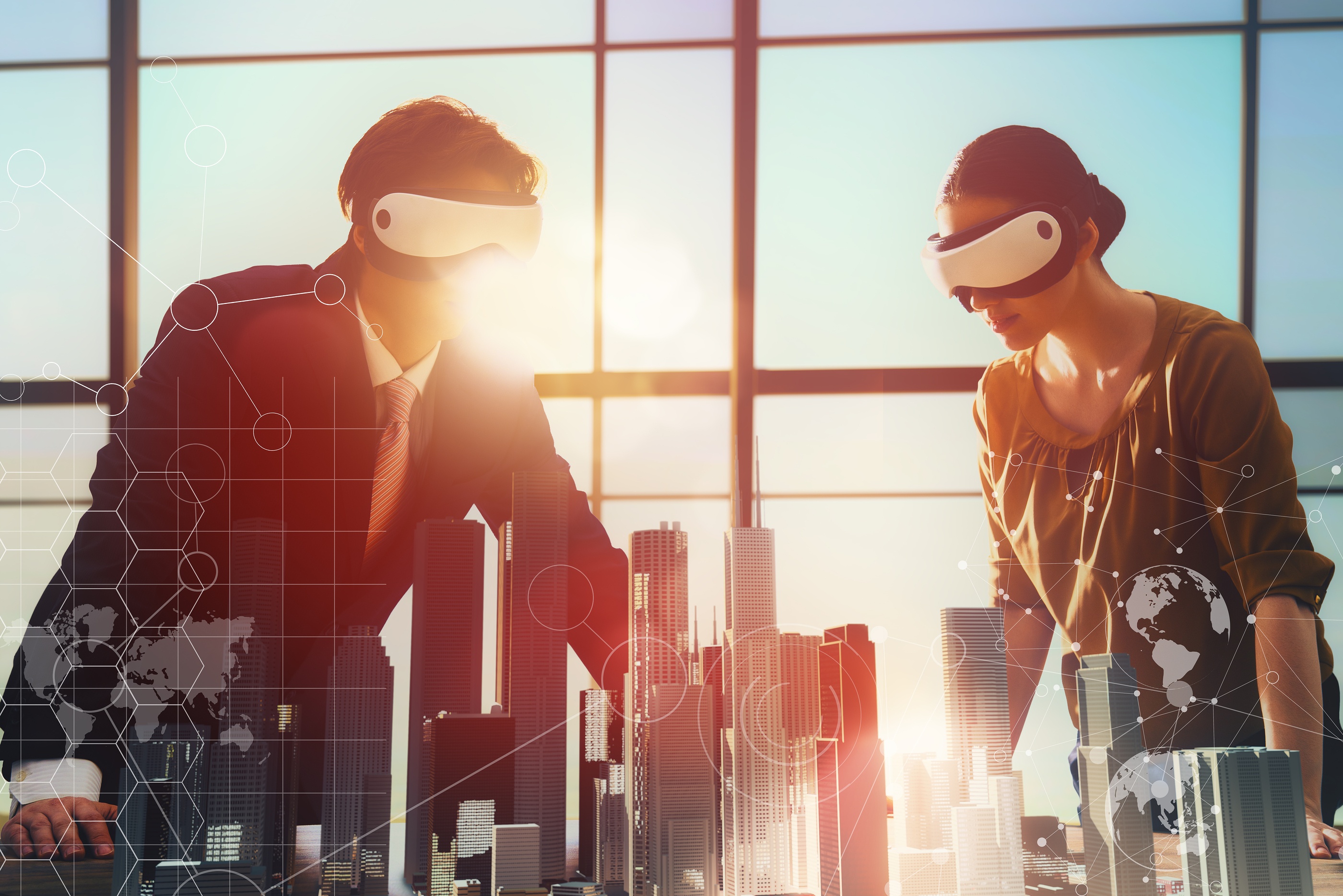The newest holiday hit seems to be a grandmother strapping on a new virtual reality headset. And, to the amazement of her family-audience, she appears to fly to a world outside of the living room. Simple as that.
While we all clamber to the stores, or jump online to see what new gadgets can be sent our way, we’re faced with an interesting notion—today, technology isn’t just all fun and games. New virtual techologies can be used for commercial purposes, too, and this is especially true in the design and construction industry.
A recent study done by Goldman Sachs predicts that virtual reality and augmented reality will find itself somewhere in the neighborhood of an $80 billion market, with $2.6 billion on that for real estate by 2025. Both technologies seek to enhance the current disciplines through their inherent advantages.
Virtual reality (VR) offers the replacement of the real world with a simulated environment, which is valuable for the commercial real estate world as it relates to tours, showcasing and conceptualization—while augmented reality (AR) takes what already exists in the real world and offers enhancement. AR's enhancement feature impacts a wide variety of design professionals from architects, engineers, project managers, and more. The accessibility provided through AR allows a design pro’s office space to become a conduit to anywhere in the world. A firm based in New York could walk into space in Johannesburg and speak to the conditions at hand, a modern marvel in comparison to the constrictions of the past.
Beyond the creative design aspect, these new technologies offer a quality control and safety factor by offering real time images for review, and analysis with all phases of the project at one’s fingertips, making it worlds easier to catch errors. By removing the guesswork from construction, a contractor can rely on an accurate recreation of the physical space rather than looking to architectural drawings and manually recorded measurements for answers that may never reveal themselves.
Like other industries looking for the next big development, construction stands to benefit greatly from the technological breakthroughs of VR and AR. Given the amazing structures mankind has created so far without these tools, we have an undeniably exciting future ahead of us with them.








